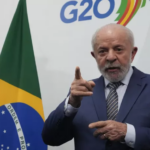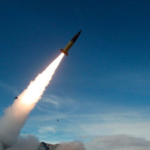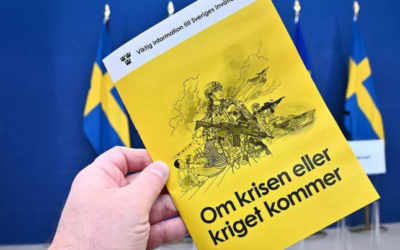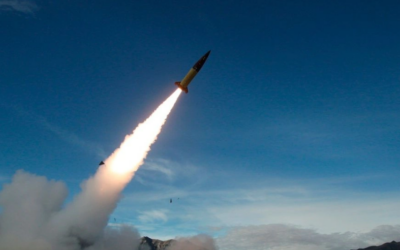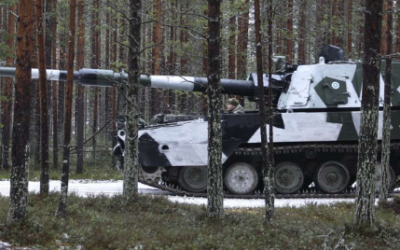Iran has further increased its stockpile of uranium enriched to near weapons-grade levels, defying international pressure, according to…
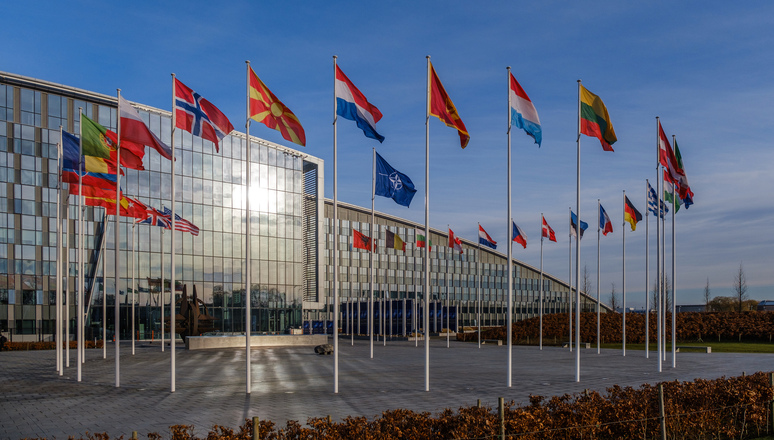
The member-states of the North Atlantic Treaty Organization have agreed to considerably increase their joint spending in light of the new security situation in Eastern Europe following Russia’s invasion of Ukraine.
NATO’s civilian budget in 2023 will increase by almost 28% to 370.8 million euros, while the military budget is set to increase by almost 26% to reach 1.96 billion euros, the western military alliance announced on Wednesday.
The Secretary-General of the Organization, Jens Stoltenberg, welcomed this decision, which he sees as reflecting the highest level of ambition of the member-states of the alliance.
At the Madrid Summit in June, Allies agreed to invest more together in the Alliance, reflecting the need to respond to a degraded security environment caused by Russia’s war of aggression against Ukraine.
In NATO’s new Strategic Concept, Allies agreed that investment in NATO is the best way to ensure a lasting bond between European and North American Allies, contributing to global peace and stability, as well as safeguarding that their political decisions have adequate resources.
The civilian budget provides funds for personnel, operational, and program costs of NATO Headquarters and its International Staff. The military budget covers the operational costs of NATO Command Structure headquarters, missions, and operations around the world.
Also read: DIANA | NATO sharpens technological edge with innovation initiatives – Greece’s participation
The third major jointly financed element of NATO is the NATO Security Investment Program (NSIP), which covers major investments in construction and command and control systems. The 2023 ceiling for the NSIP is €1 billion, representing a 26.6% increase over 2022.
Today, the sum of NATO’s budgets, civilian and military, stands at €1.8 billion. Compared to the national military expenditure of the Member-States, this is a small amount. The US alone spent 769 billion euros this year, while Germany spent some 55.6 billion euros, according to NATO documents.
Based on the current formula for each member-state’s contribution, these are the two countries that bear the brunt of the common costs: together they covered about 16.3%, allocating about €400 million each in 2021.
This formula was revised by former US President Donald Trump, who criticized his country’s European partners, especially Germany, arguing that they did not contribute enough to common defence spending. As a result of this revision, Berlin’s percentage increased and Washington’s decreased significantly.
Further increases in NATO budgets are already planned until 2030, as agreed by member-states leaders at the Madrid summit in the summer.
Also read: EDA | Unprecedented European defence spending exceeding €200 billion
READ MORE
Brazil | Arrests of military and police officers for plotting the assassination of President Lula
Brazilian police have arrested five officers accused of plotting a coup which included plans to overthrow the government following the…
Sweden | Leaflets with survival instructions in the midst of the Ukrainian crisis
Sweden started sending out five million leaflets to the country’s residents yesterday, urging them to prepare for a possible conflict…
THEON International | New orders amounting to €74 million having already exceeded €150 million in the 4th trimester
THEON INTERNATIONAL PLC (THEON) announced additional orders for the month of November. As a result of the…
UN | Iran has increased uranium enrichment to near weapons-grade levels
Iran has further increased its stockpile of uranium enriched to near weapons-grade levels, defying international pressure, according to…
Brazil | Arrests of military and police officers for plotting the assassination of President Lula
Brazilian police have arrested five officers accused of plotting a coup which included plans to overthrow the government following the…
Sweden | Leaflets with survival instructions in the midst of the Ukrainian crisis
Sweden started sending out five million leaflets to the country’s residents yesterday, urging them to prepare for a possible conflict…
Ukraine | The first ATACMS strike on Russian soil took place
The Ukrainian armed forces carried out their first strike on a border area within Russian territory with an ATACMS missile.
Finland | The first major NATO artillery exercise on its territory
The exercise is taking place in northern Lapland and is part of wider artillery exercises, which have been dubbed ‘Dynamic Front 25…











